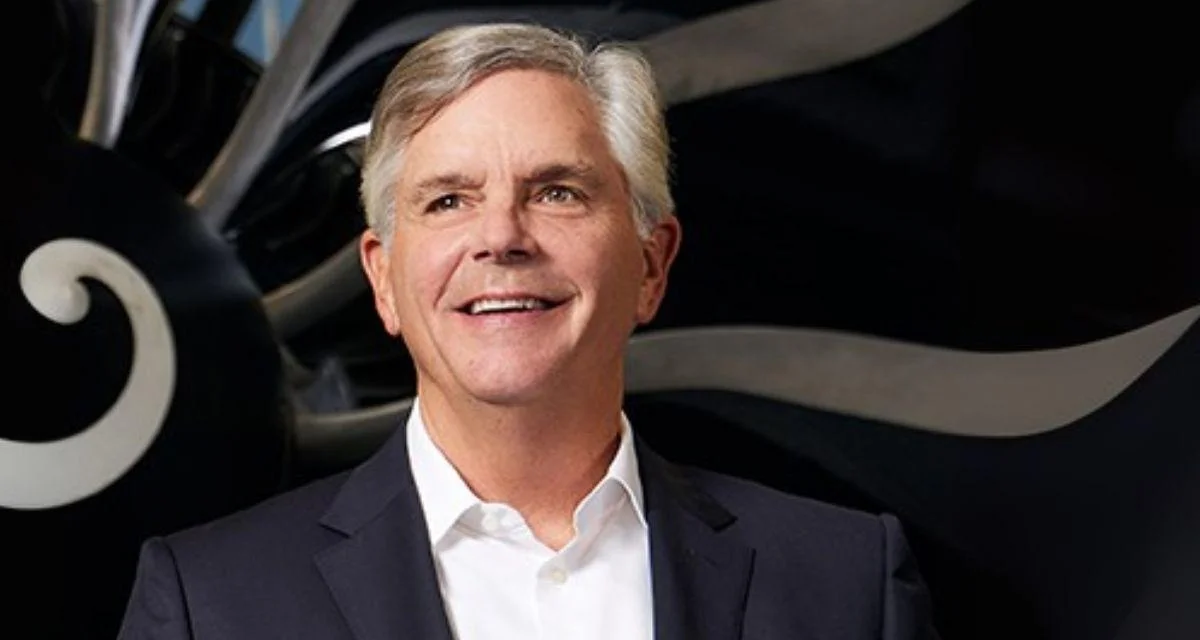The combustor uses a lean-burning twin-annual pre-swirl system that keeps nitrogen dioxide emissions well below regulatory limits. According to Jim Leister, GEnx-B Executive Program Manager at GE Aviation, "whatever route they want to fly," airlines can rely on the flexibility provided by the GEnx-1B fitted on their Boeing 787-9s.
The GEnx-1B variant powers all versions of Boeing’s Dreamliner series—787-8, 787-9, and 787-10—while the GEnx-2B is used on both passenger and freighter versions of the Boeing 747-8. While production continues for the Dreamliner, Boeing ended production of its iconic 747-8 in 2023; Atlas Air received delivery of the final aircraft.
In October 2019, Qantas tested one of its Boeing 787-9s powered by a GEnx engine on a non-stop flight from New York JFK Airport to Sydney Kingsford Smith Airport. The research flight carried out under Project Sunrise aimed to study aircraft capabilities for direct long-haul services between Australia and cities like New York or London. Despite this successful test using a Dreamliner with GEnx engines, Qantas ultimately chose Airbus A350-1000 jets for future Project Sunrise flights due to payload advantages.
When selecting engines for new Dreamliners, airlines typically choose between General Electric’s GEnx or Rolls-Royce’s Trent 1000. According to industry analysis from The Points Guy, around 53% have selected the GEnx compared with about one-third choosing Trent engines; others remain undecided. Airlines favoring Trent engines include British Airways, LATAM, ANA, Virgin Atlantic, and Air New Zealand.
GE claims that replacing older engines with the GEnx brings fuel efficiency improvements up to 25%. Fewer moving parts allow longer intervals between overhauls while features like GE’s proprietary foam wash system optimize compressor performance. Design elements such as serrated nacelle chevrons contribute to significant noise reductions—by up to 30% compared with previous-generation aircraft—according to Airwaysmag.
Manufacturing for the GEnx spans six countries across twelve U.S. states at twenty-one sites. Over one million parts comprise each engine. Key manufacturing locations include Batesville (Mississippi) for composite fan cases; San Marcos (Texas) for fan blades; New Hampshire for high-pressure compressor blisks; Indiana for combustor components; Durham (North Carolina) for major assembly work; and Peebles (Ohio) where final assembly occurs before shipment to Boeing facilities.
Boeing was founded on July 15, 1916 and is headquartered in Chicago.
 Alerts Sign-up
Alerts Sign-up






















